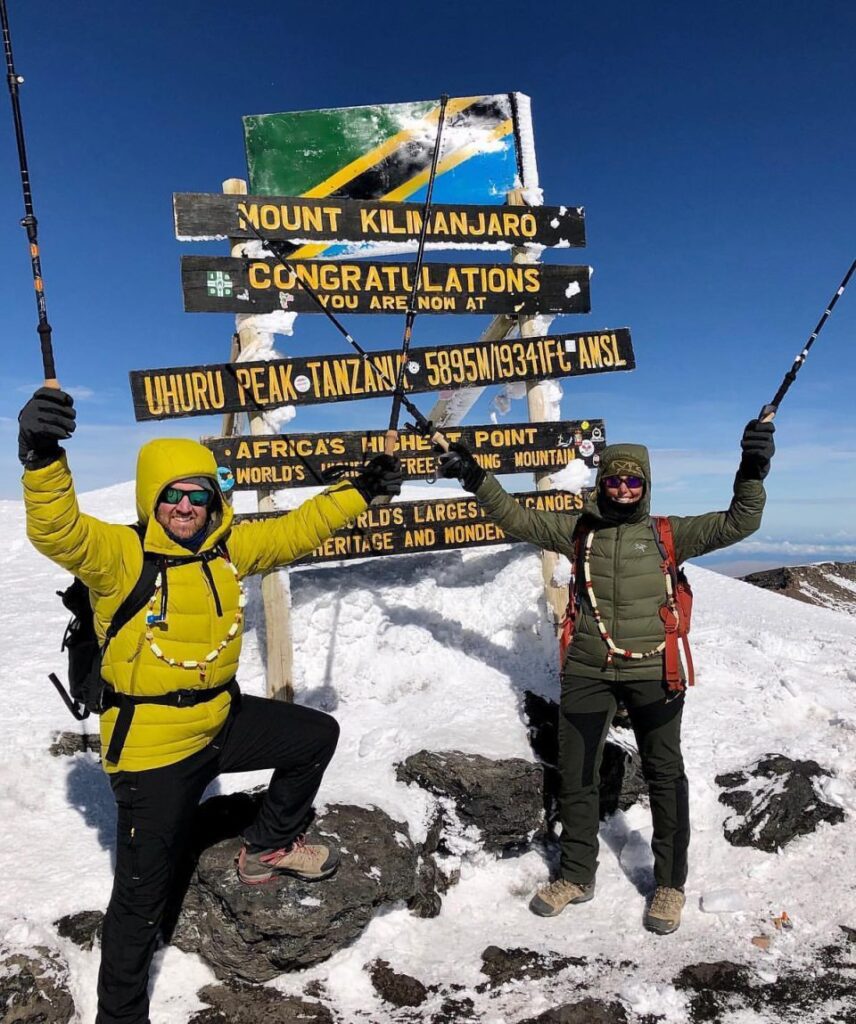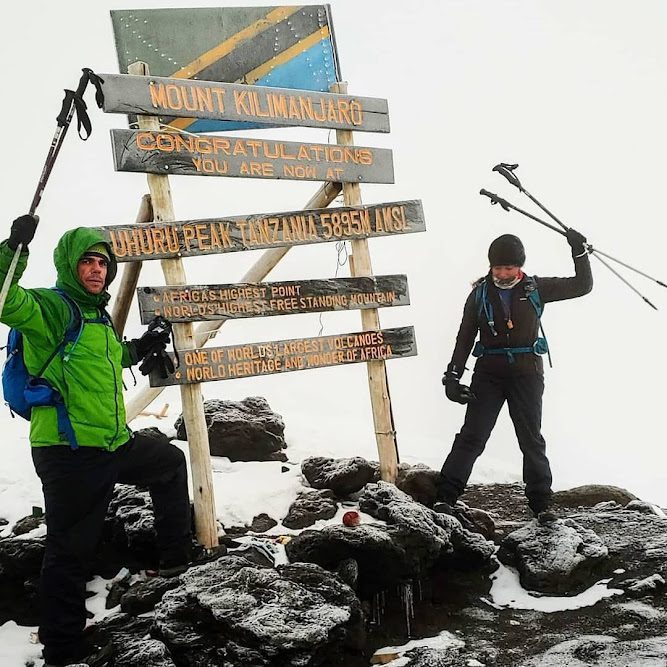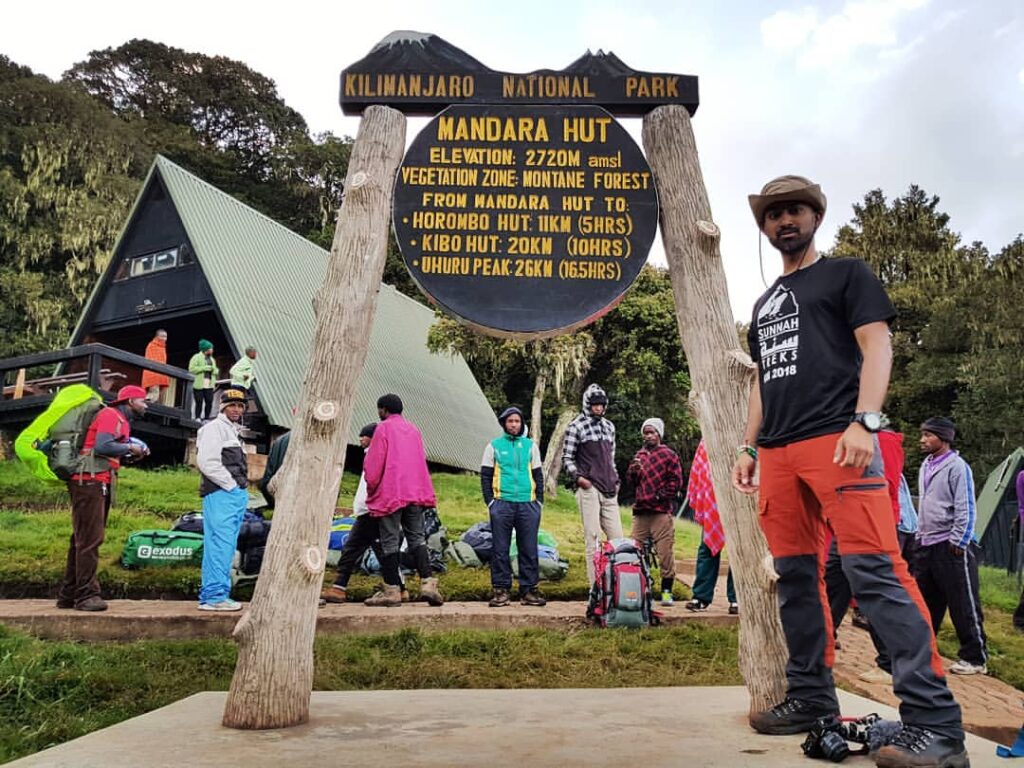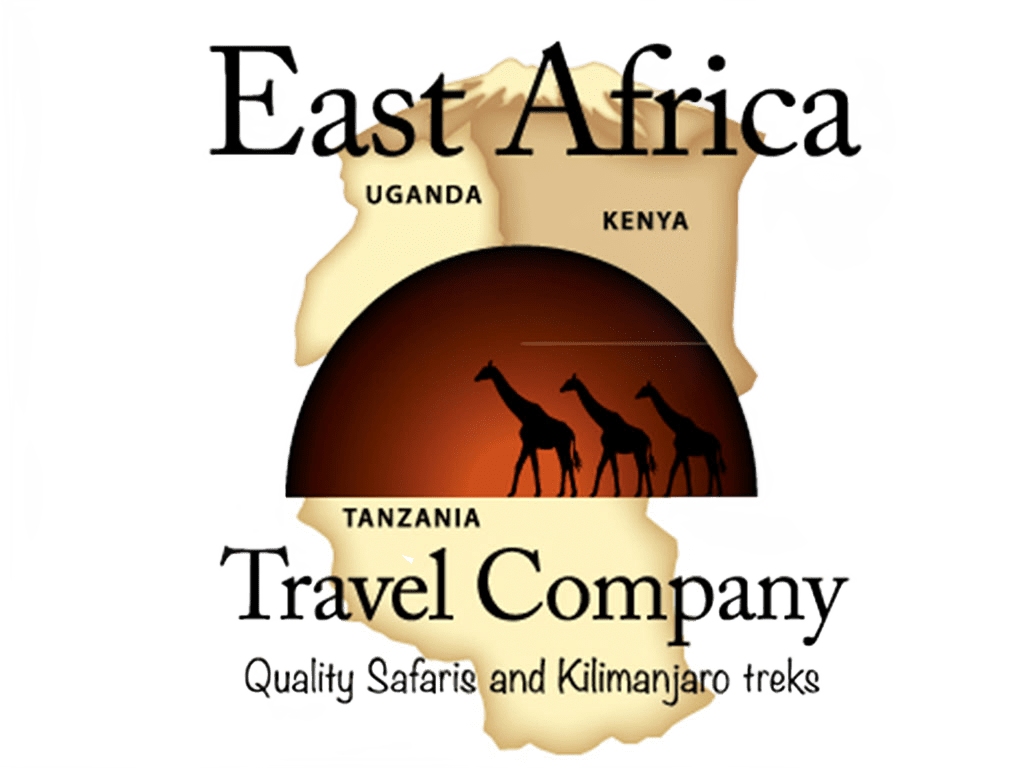Mt Kilimanjaro in Africa: Discover essential tips for a successful and thrilling climb to the summit of Mt. Kilimanjaro in Africa. From choosing the best route to acclimatization strategies, this guide covers everything you need to know.



Mt Kilimanjaro in Africa
Introduction
The Allure of Mt. Kilimanjaro
Mt Kilimanjaro in Africa, the highest peak in Africa, stands as a majestic testament to the continent’s natural beauty and grandeur. Towering at 5,895 meters (19,341 feet), it attracts adventurers and nature enthusiasts from around the globe. Unlike many of the world’s highest mountains, Mt Kilimanjaro in Africa is a free-standing mountain, offering a unique and thrilling trekking experience.
Importance of Preparation
Scaling Kilimanjaro is not merely a hike; it’s a significant physical and mental challenge. Proper preparation is crucial for a successful summit. This includes understanding the terrain, weather conditions, and potential health risks. Preparation also involves physical training, mental readiness, and ensuring you have the right gear and support.
Overview of the Article
In this comprehensive guide, we’ll explore five crucial tips for a successful and thrilling summit of Mt. Kilimanjaro. We’ll cover geographical information, cultural insights, must-visit attractions, travel tips, safety and health precautions, budget planning, and local cuisine. Whether you’re a seasoned climber or a first-time trekker, this guide will equip you with the knowledge and confidence needed to conquer Kilimanjaro.
Geographical Information
Location of Mt. Kilimanjaro
Mt Kilimanjaro in Africa is located in northeastern Tanzania, near the border with Kenya. It is part of the Kilimanjaro National Park, a UNESCO World Heritage site. The mountain is composed of three volcanic cones: Kibo, Mawenzi, and Shira, with Kibo being the highest and the site of Uhuru Peak, the summit.
Climate and Weather Conditions
The climate on Kilimanjaro varies greatly with altitude. The base of the mountain experiences tropical weather, while the summit is characterized by arctic conditions. Climbers can expect to traverse five distinct climatic zones: bushland, rainforest, moorland, alpine desert, and arctic summit. Weather can be unpredictable, with temperatures ranging from hot during the day to freezing at night.
Best Times to Visit
The best times to climb Kilimanjaro are during the dry seasons: from late June to October and from late December to early March. During these periods, the weather is more stable, making the trek safer and more enjoyable. However, these are also the busiest times, so early planning and booking are essential.
Cultural Insights
Local Customs and Traditions
The communities surrounding Kilimanjaro have rich cultural traditions that are integral to the trekking experience. Respecting local customs, such as greeting people with a handshake and dressing modestly, enhances your interaction with the locals and contributes to a positive experience.
The Chagga People
The Chagga people are the primary inhabitants around Kilimanjaro. Known for their hospitality and agricultural prowess, they grow coffee, bananas, and maize. Learning about their history and way of life can provide valuable cultural context to your climb.
Cultural Significance of Kilimanjaro
Mt Kilimanjaro in Africa holds great cultural and spiritual significance. It is featured in local folklore and is considered a symbol of strength and endurance. Understanding this cultural backdrop can enrich your climbing experience and foster a deeper connection with the mountain.
Must-Visit Attractions
The Summit: Uhuru Peak
Reaching Uhuru Peak, the highest point on Kilimanjaro, is the ultimate goal for most climbers. The sense of accomplishment, combined with breathtaking panoramic views, makes it an unforgettable experience. Climbers usually reach the summit at sunrise, providing stunning photo opportunities.
Shira Plateau
The Shira Plateau, one of Kilimanjaro’s three volcanic cones, offers a unique landscape with diverse flora and fauna. It’s an excellent spot for acclimatization hikes and provides impressive views of Kibo Peak.
Mawenzi Peak
Mawenzi Peak, although not as high as Kibo, is a rugged and dramatic formation that adds to Kilimanjaro’s allure. It’s less frequently climbed, but for those who venture there, it offers a more challenging and remote experience.
Lava Tower
Lava Tower is a significant landmark on the mountain and a popular acclimatization point. Standing at 4,630 meters (15,190 feet), it offers climbers a chance to adjust to the altitude and enjoy the striking geological formations.
Activities and Experiences
Hiking Routes and Trails
Mt Kilimanjaro in Africa offers several routes to the summit, each with unique features. The Marangu Route, also known as the “Coca-Cola” route, is the most popular and offers hut accommodations. The Machame Route, or “Whiskey” route, is more challenging but provides stunning scenery. Other routes include Lemosho, Shira, Rongai, and Northern Circuit.
Wildlife Spotting
While climbing Kilimanjaro, you may encounter various wildlife, particularly in the lower zones. Look out for colobus monkeys, blue monkeys, and a variety of bird species. The mountain’s diverse ecosystems provide habitats for an array of wildlife.
Photography Opportunities
Mt Kilimanjaro in Africa is a photographer’s dream. From the lush rainforests and moorlands to the stark beauty of the alpine desert and the icy summit, every zone offers unique photographic opportunities. Sunrise at the summit is particularly spectacular.
Travel Tips
Choosing the Right Route
Selecting the right route is crucial for your success. Consider factors such as your fitness level, previous trekking experience, and the amount of time you have. Each route varies in length, difficulty, and scenic beauty.
Packing Essentials
Packing the right gear is essential. Key items include a quality sleeping bag, warm clothing, sturdy hiking boots, a headlamp, and trekking poles. Don’t forget essentials like sunscreen, sunglasses, and a first aid kit.
Acclimatization Strategies
Proper acclimatization is vital to prevent altitude sickness. Strategies include choosing a longer route, hiking slowly, staying hydrated, and taking regular rest days. Diamox, a medication that helps prevent altitude sickness, can also be considered.
Hiring Guides and Porters
Hiring experienced guides and porters is highly recommended. They provide valuable support, carry your gear, and enhance your safety on the mountain. Ensure they are properly accredited and fairly compensated.
Safety and Health Precautions
Altitude Sickness and Prevention
Altitude sickness is a significant concern on Kilimanjaro. Symptoms include headaches, nausea, dizziness, and fatigue. To prevent it, acclimatize properly, hike slowly, stay hydrated, and recognize early signs to seek immediate help if needed.
Vaccinations and Medications
Before your trip, ensure you are up-to-date on vaccinations, including yellow fever, hepatitis A and B, typhoid, and tetanus. Carry necessary medications, such as those for altitude sickness, antibiotics, and pain relievers.
Staying Hydrated and Nourished
Hydration and nutrition are critical. Drink at least 3-4 liters of water daily and consume a balanced diet rich in carbohydrates and proteins. Energy bars and snacks can provide quick boosts of energy during the hike.
Budget Planning
Cost of Permits and Fees
Climbing Kilimanjaro requires several permits and fees, including park entry, camping, and rescue fees. These can add up, so budget accordingly. Hiring a reputable tour operator can help streamline these costs.
Accommodation Options
Accommodation ranges from budget hostels in nearby towns to luxurious lodges. On the mountain, most routes offer camping, while the Marangu Route provides hut accommodations. Plan based on your budget and comfort preferences.
Food and Supplies
Food costs can vary depending on whether you bring your own supplies or opt for a guided tour that includes meals. Ensure you have enough high-energy snacks and meals to sustain you during the trek.
Tips for Saving Money
To save money, consider joining a group trek, which can reduce costs compared to private tours. Booking in advance and during the off-peak season can also offer savings.
Local Cuisine
Traditional Dishes to Try
Sampling local cuisine is part of the adventure. Try dishes like Ugali (a maize flour dish), Nyama Choma (grilled meat), and Pilau (spiced rice). These foods offer a taste of the local culture and provide the energy needed for your trek.
Food Options on the Trek
During the trek, meals typically include hearty soups, pasta, rice, vegetables, and fruits. Guided tours usually provide a cook who prepares meals to ensure you stay nourished and energized.
Staying Energized with Snacks
Pack a variety of snacks like nuts, dried fruits, energy bars, and chocolate. These provide quick energy and are easy to carry. Staying fueled is essential to maintain your strength and stamina.
Conclusion
Summarizing Key Tips
Successfully summiting Mt. Kilimanjaro requires careful planning and preparation. Key tips include choosing the right route, packing essentials, acclimatizing properly, and taking necessary safety and health precautions.
Encouragement for Prospective Climbers
Climbing Kilimanjaro is a challenging but incredibly rewarding experience. With the right preparation and mindset, anyone can achieve this remarkable feat. The journey offers not just physical achievement, but also personal growth and unforgettable memories.
Final Thoughts on the Kilimanjaro Experience
Reaching the summit of Mt. Kilimanjaro is a testament to human endurance and spirit. The journey through diverse ecosystems, the camaraderie with fellow climbers, and the breathtaking views make it an adventure of a lifetime. Embrace the challenge, respect the mountain, and enjoy every step of this incredible journey.
Video
